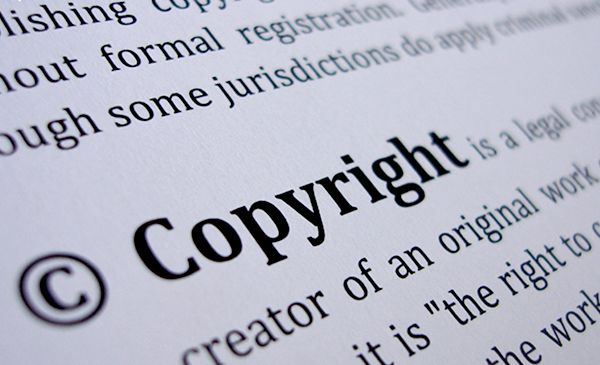Provocative question: Why do intellectual property law firms generally have such ugly brand identities?
I suspect it’s because for most of them brands are about protection rather than attraction. And it’s interesting isn’t it that for two parties that should work closely together, brand and IP strategists tend to remain curiously separated.
I don’t think that separation is in any way antagonistic – more that it’s generated by different priorities and foci and overseen by different parts of the client organization. My own view has tended to be that while IP and brand strategy are both focused on competitiveness, IP is a defensive strategy rather than a front-foot initiative; one with the potential to help deter those whose actions might otherwise pose a fundamental threat to the existence or integrity of the brand.
Two interesting pieces of reading this week have questioned that view. The first – on the challenges of IP keeping pace with innovation – is a reminder that brands cannot rely on the law alone to protect what they do once they have done it. In a world of agility, it may be necessary to initiate product changes that you can’t fully protect in order to remain relevant. That in itself suggests a growing contradiction between the iterative way in which new ideas tend to develop now and the absolute way that IP law seems to demand they be defined. What to do?
An answer may lie in this second piece of reading: an interesting post by Duncan Bucknell in which he examines a decision by Procter & Gamble to reduce the number of products per package to increase profitability and recoup the costs of innovation.
“Here we have a brand built on the message of quality and backed by a large IP Estate. What message are you giving to consumers who now get less diapers in that brand they trust and always buy?,” Bucknell asks. He then goes on to suggest a number of ways that an IP strategist might get involved in optimizing the business strategy.
His key question seems to me to go some way towards resolving the dilemma raised earlier, and that is this: What do we already own (from an IP perspective) and how can we make best use of that competitively? In other words, Bucknell seems to be suggesting, base competitive innovation on the protections you already have rather than innovating wildly and then trying to protect that. Build up and out in response to market demand rather than starting afresh without any protective foundation.
It introduces a question around differentiation that I for one am going to pay a lot more attention to: what do we have available to the brand to compete from (not just with)?
The Blake Project Can Help: Accelerate Brand Growth Through Powerful Emotional Connections
Branding Strategy Insider is a service of The Blake Project: A strategic brand consultancy specializing in Brand Research, Brand Strategy, Brand Licensing and Brand Education





One comment
Serge
December 21, 2013 at 2:41 pm
This is really a “dilemma”. Even though “defense is the best way to attack”, it doesn’t work here that good. Brands should work for attraction, because otherwise they become passive and bring no usefulness.
Comments are closed.